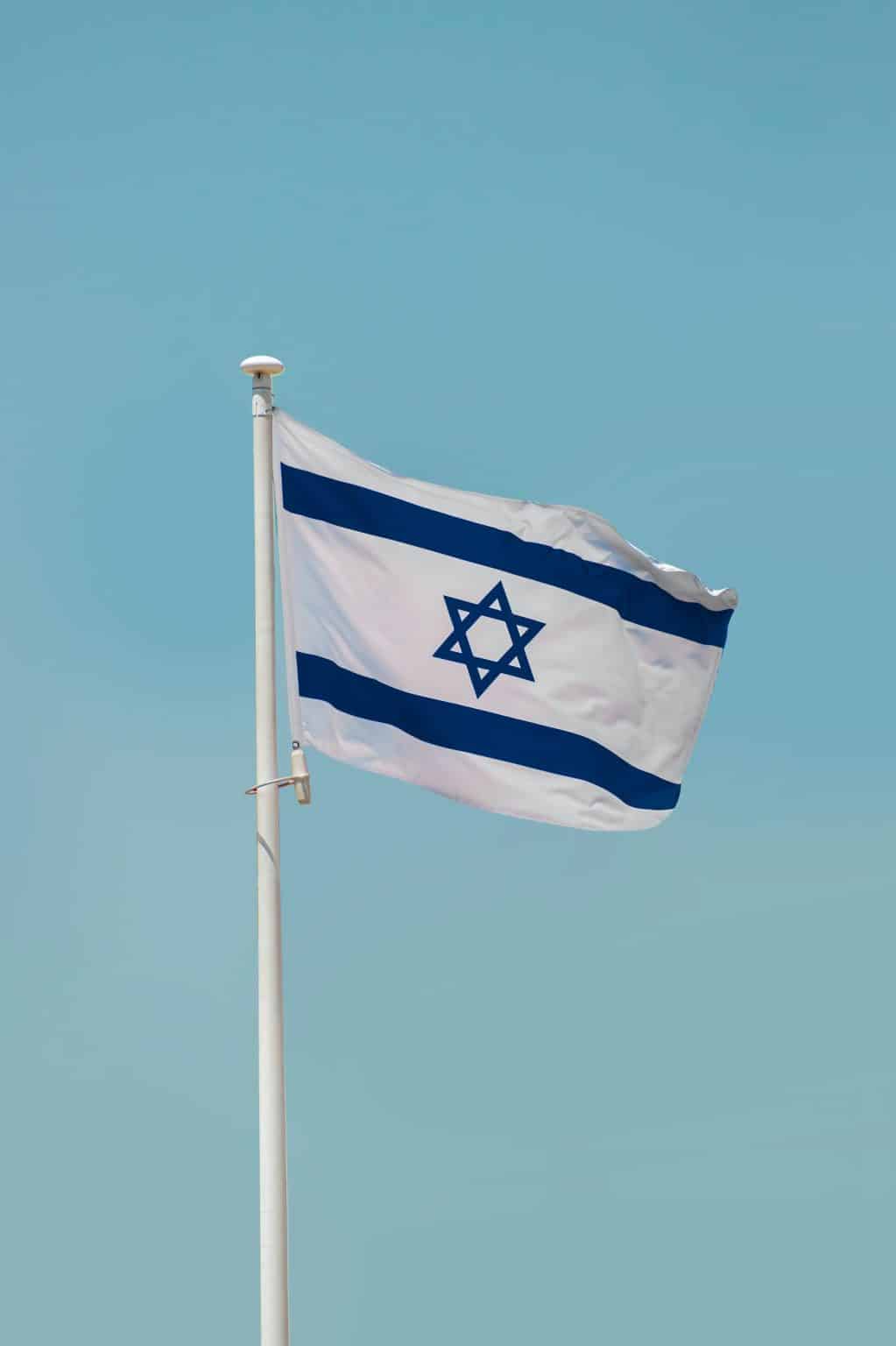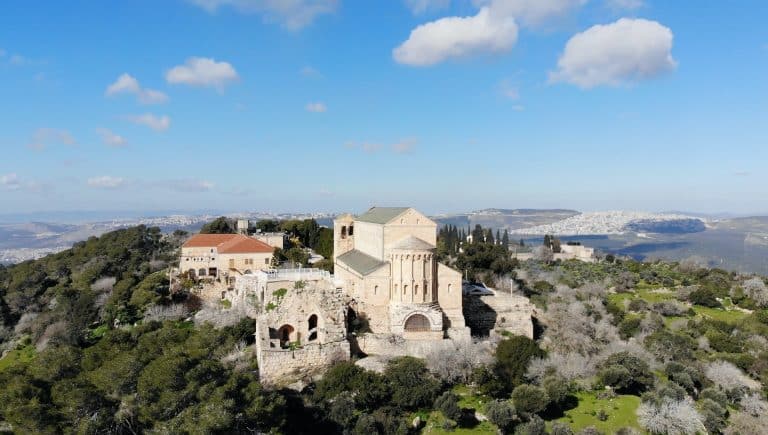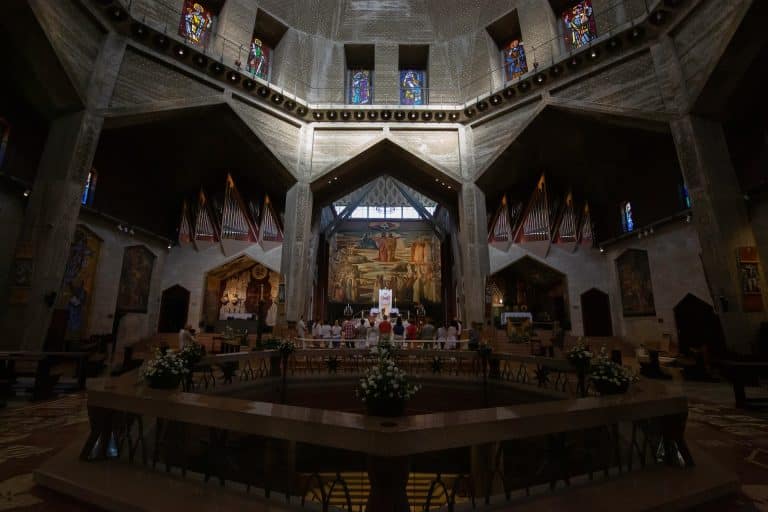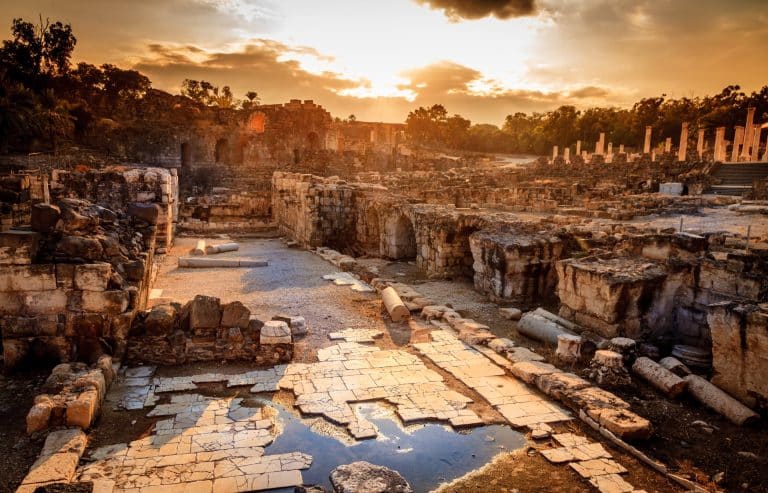Tel Megiddo, which is a part of Megiddo National Park, is located in the southern part of Jezreel Valley and offers an amazing opportunity to step back in time and learn about the incredibly rich history of the land of Israel, and the area of Tel Megiddo in particular. Here’s everything you should know for your visit to the historical place.
The story of Tel Megiddo
Megiddo is located in an important geographical place, near the source of the Iron River and on valuable, fertile lands, which are great for agriculture. It is also the intersection of three routes of the ancient sea path, known as “Via Maris”, leading to the Mediterranean Sea in the west, to Syria in the northeast, and to the Beit She’an valley in the southeast. Thanks to all these, Megiddo became an important city in the ancient Middle East, which has been conquered, destroyed, and rebuilt 25 times. To name only a few, Megiddo has been ruled over by the Canaanites, the Egyptians, the Ottomans, the British, the Assyrians, the Persians, and many others.
The huge role Megiddo has played in the region’s history had played a major role in numerous cultures and narratives. Throughout history, Megiddo has been mentioned in almost every ancient writing, from the Bible and the New Testament, and all the way to Egyptian, Hittite, Assyrian, and other cultures.
The first evidence of the existence of a settlement in Megiddo originates almost at the dawn of the history of humanity, during the Chalcolithic period, with findings showing signs of settlement here since 7,000 BC. Later, during the Bronze Age, an accelerated process of urbanization began in the entire region, and it manifested itself in the appearance of fortified cities, including Megiddo, which was was one of the first cities in the world. Archaeologists and historians have difficulty deciding the identity of the people who inhabited these ancient cities at those ancient times.
Around 1500 BC, the first ever recorded battle in human history took place in Megiddo, as a confederation of Canaanite kings decided to rebel against the Egyptian rule. The Cnaanites had suffered a crushing defeat at the hands of the Egyptians, in a battle that lasted for several days.
In 1918, a battle between the Turks and the British took place here and has sealed the Ottoman Empire’s defeat at the hands of the British. This battle is considered to be the last ever battle of horsemen in history.
Tel Megiddo also plays a big role in Christianity, as it is believed to be the site of the future Armageddon, the final war between human governments and the army of Jesus. According to Christian belief, the final battle will end the rule of humanity over earth, and will only leave the true believers in god alive. In addition, some Evangelist Christians believe that the establishment of the state of Israel has taken us one step closer to the Armageddon.
Sites to visit in Tel Megiddo
The city gate and the Canaanite palace
The main findings from the Canaanite period are the city gate from 15th century BC and the original stone floor from those days leading to it. Next to it stands the Canaanite palace – the remains of a huge building whose rooms surrounded a central courtyard. In one of its rooms magnificent finds were discovered, including gold objects, Hundreds of decorated ivory jewels, and a bathroom paved with seashells.
The area of the temples
In this area, you’ll see the earliest remains on the site. The temples served as a place of worship for about two thousand years, until 12th century BC, when Megiddo was ruled over by the Israelites. In the large section, which was excavated down to the natural rock, were found layers of more than 20 different settlements and towns.
The Tel Magiddo Water Plant
Considered by many as the the most impressive site of Megiddo, the massive water plant, assumed to be built in the time of King Ahab at the 9th century BC. The plant was designed to bring water to the city without the residents having to go outside the walls. At the time, in order to build the plant, a big shaft at a depth of 25 m had been dug, and from it, they created an additional horizontal tunnel at a length of 70 m, which had gotten to the natural water source, which was just outside the city walls.
The northern lookout
Near the northern palace, there is a spectacular lookout point, rising about 60 m above the plains of the Jezreel Valley. From the lookout, you will get a great look at numerous mountains around the area, such as Hamore Hill, Mount Tabor, Mount Gilboa, and the Nazareth Mountains. In the west, we can see the Carmel Mountain. The beautiful viewpoint is a great place to rest in and enjoy the magnificent nature of Jezreel Valley.





